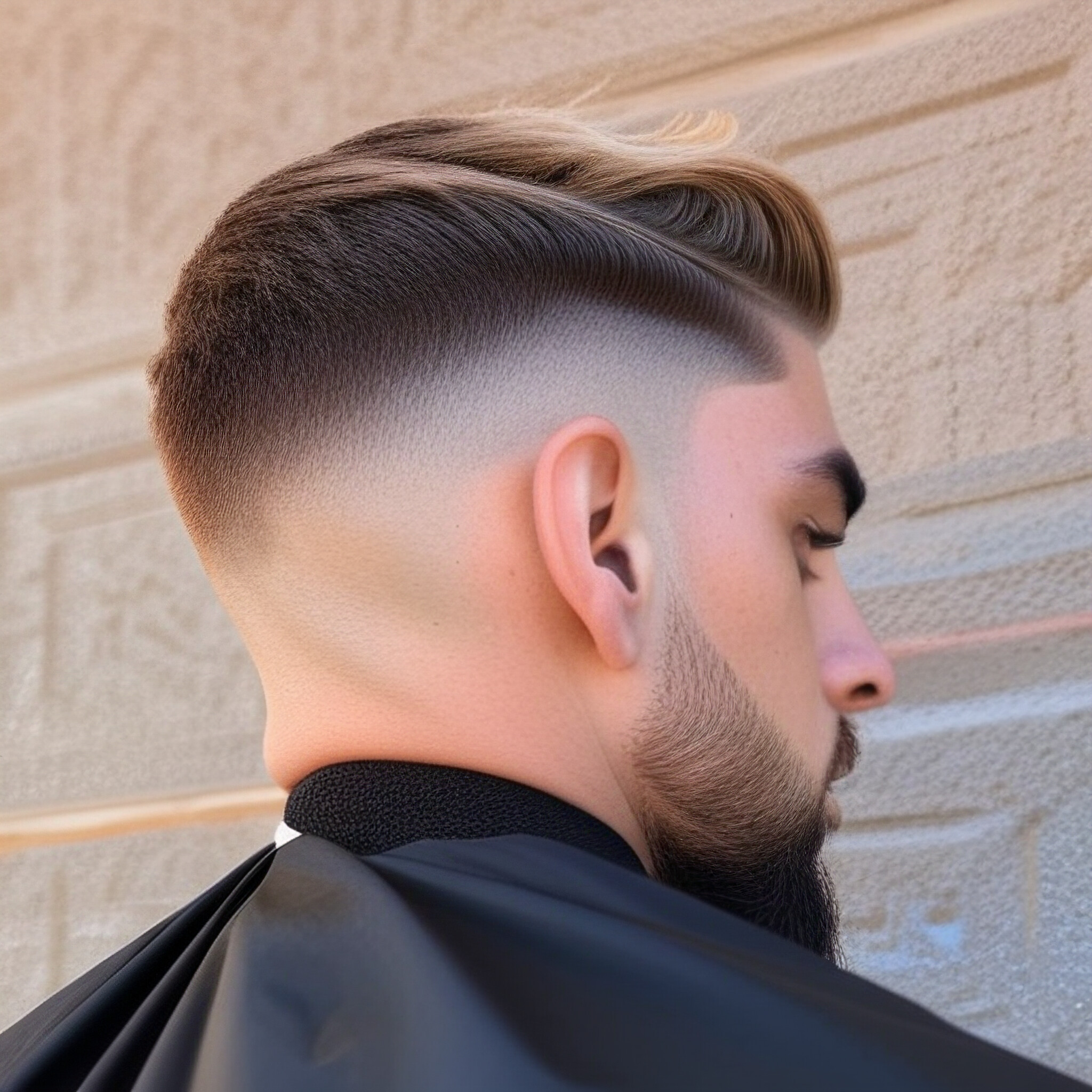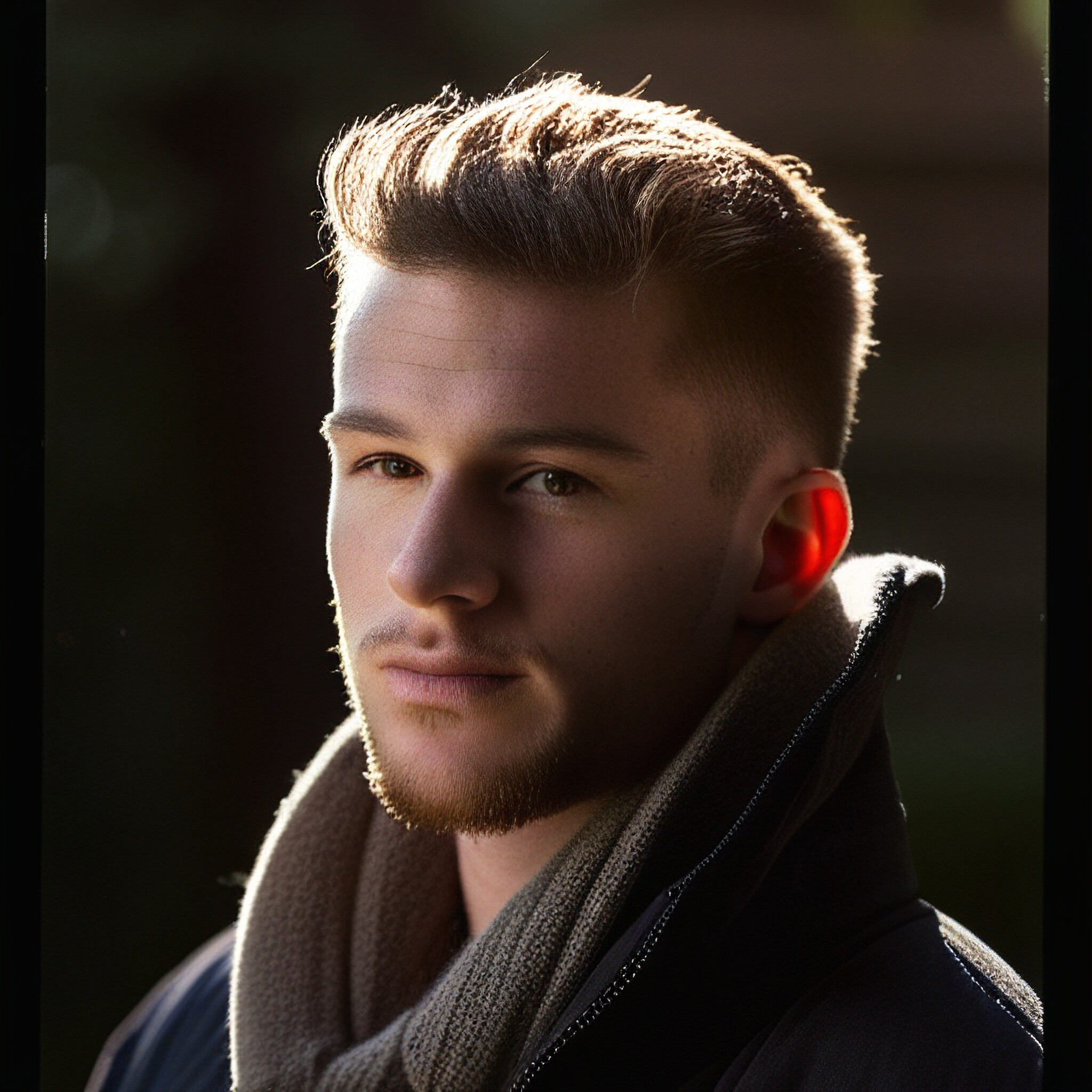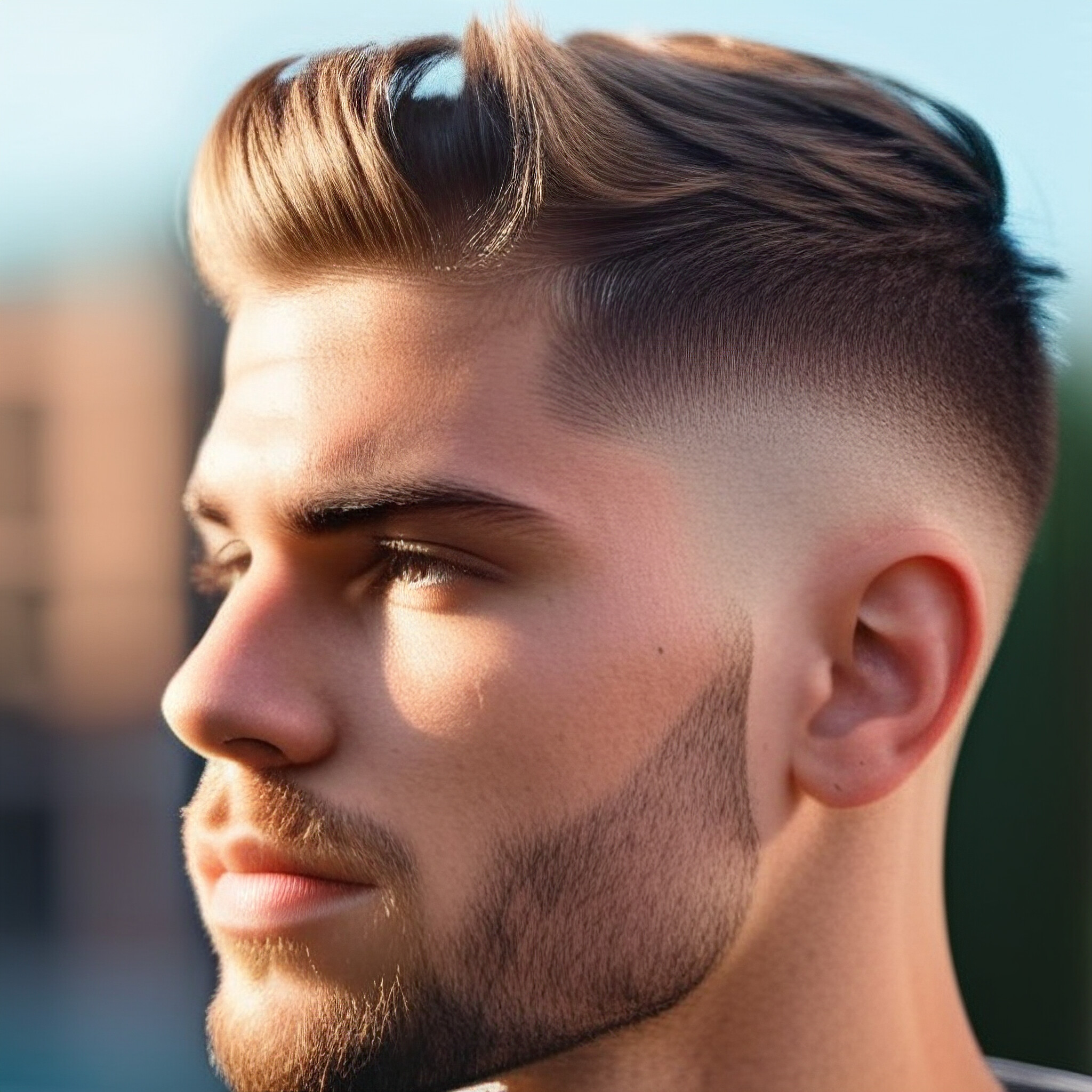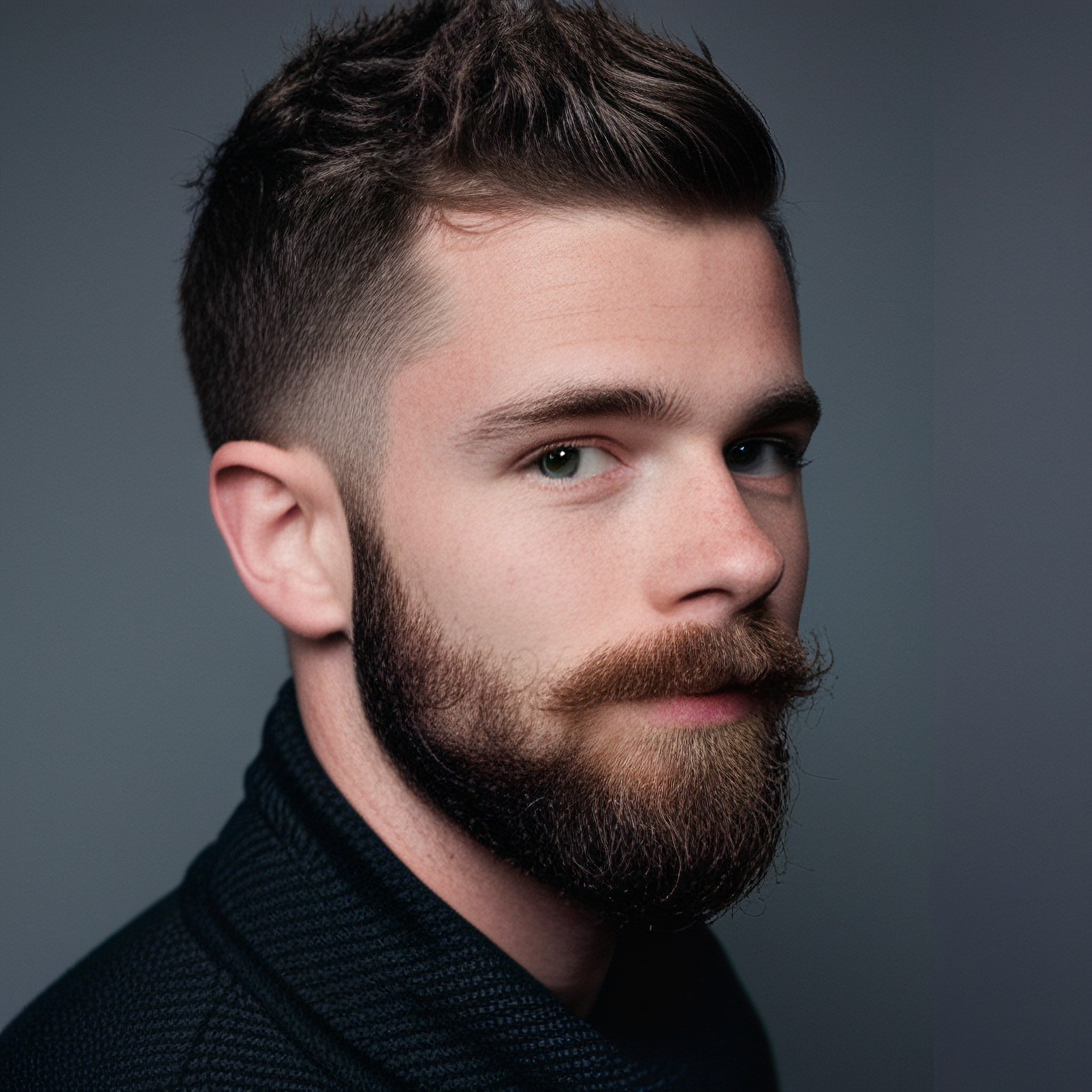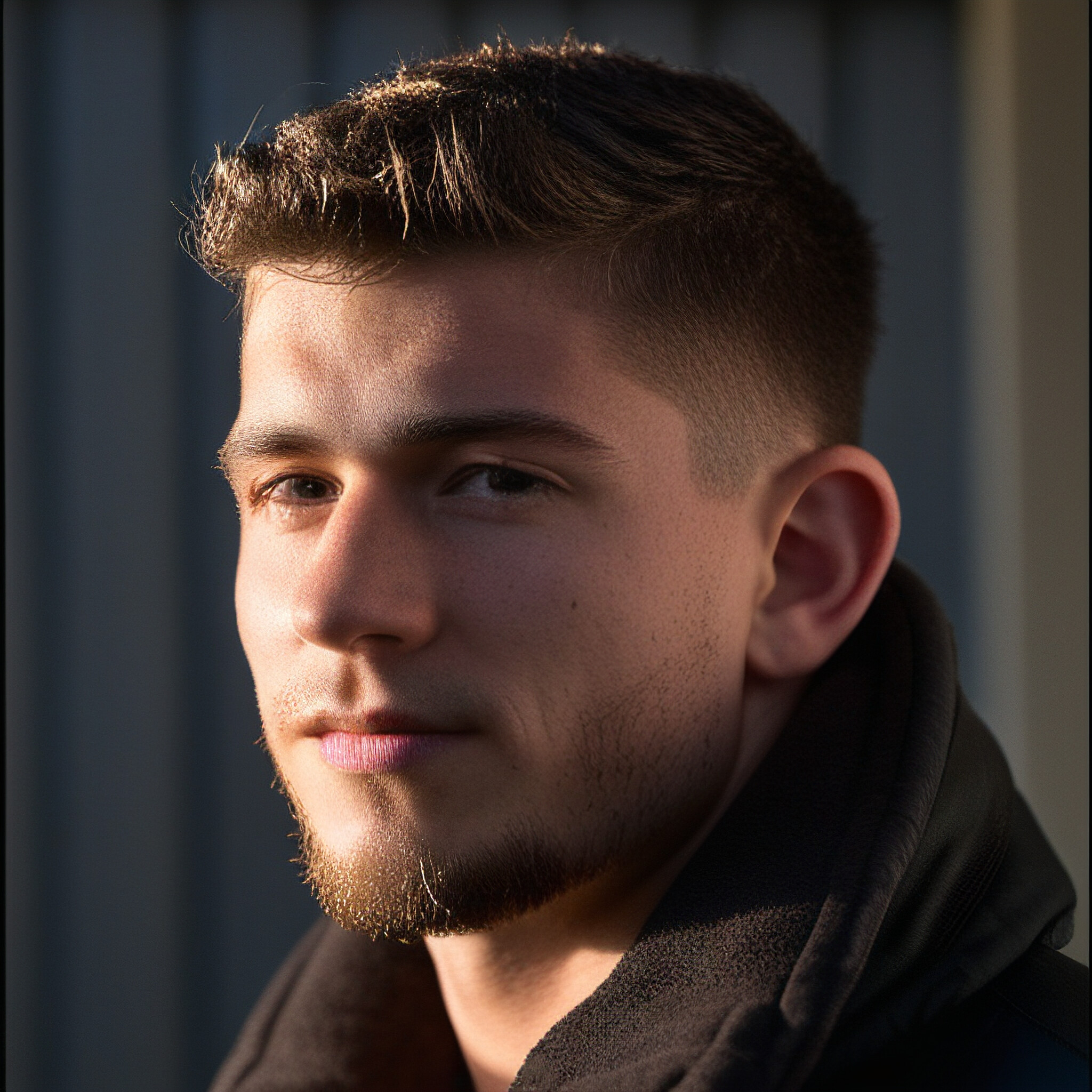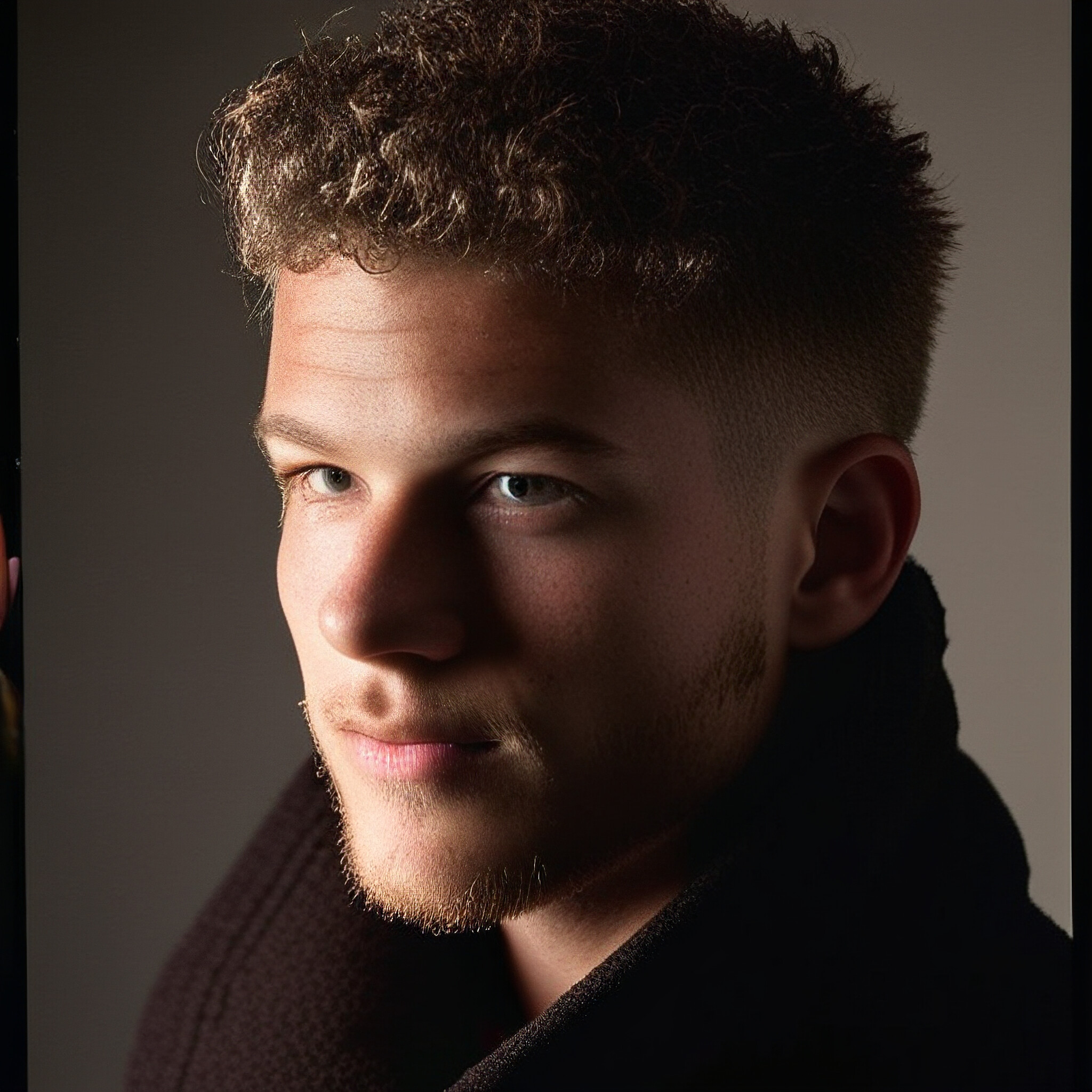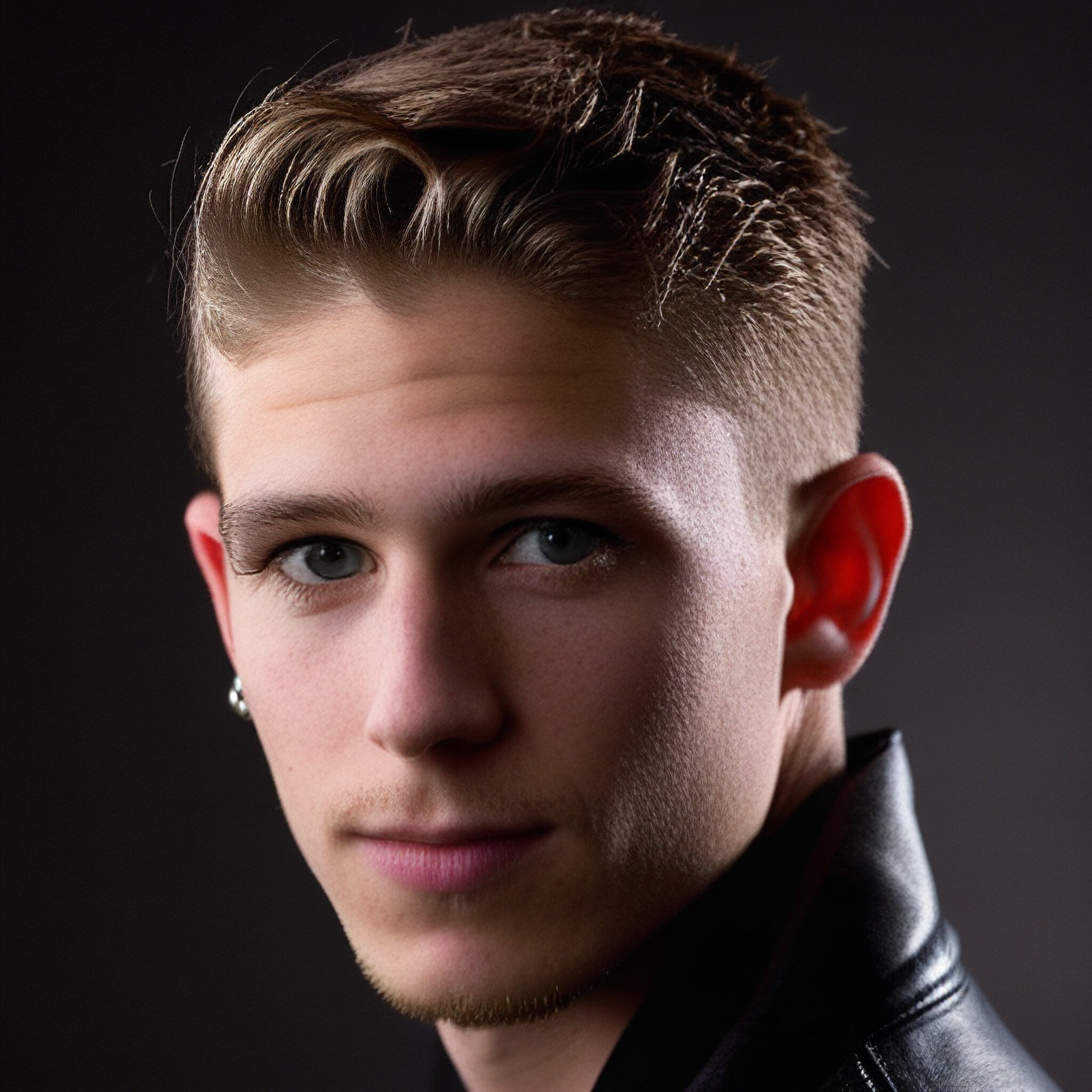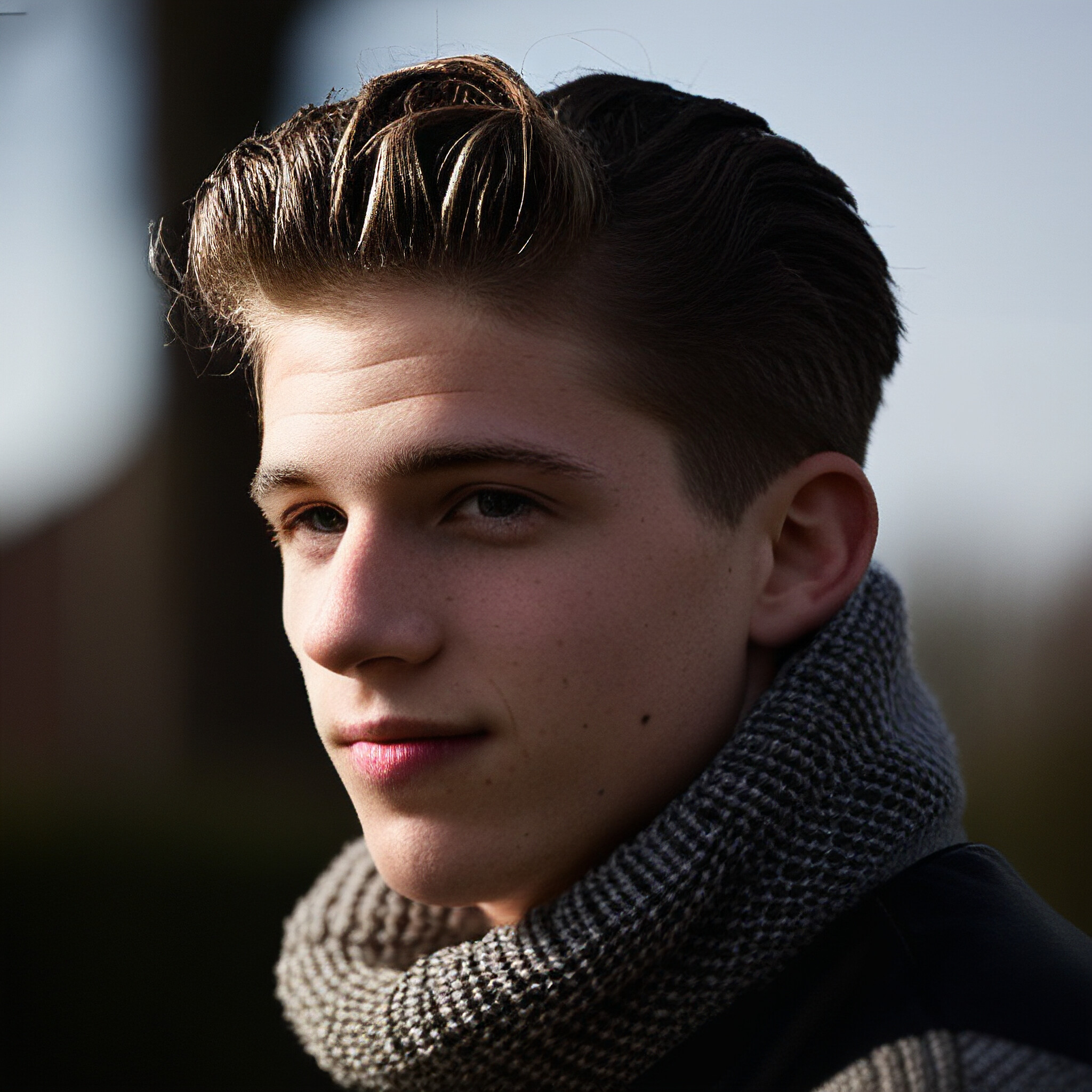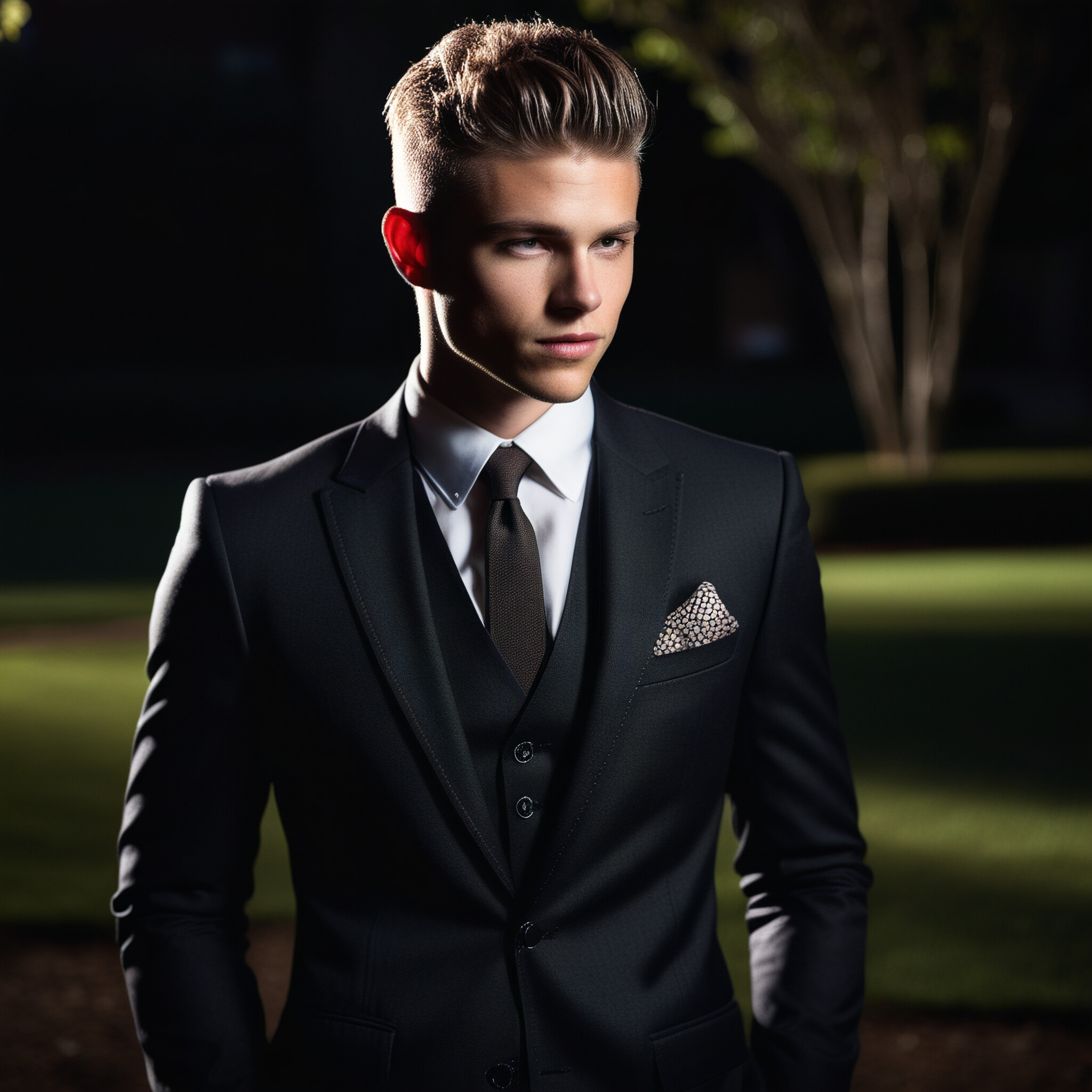When it comes to pairing fades with beards, two popular options stand out: the high fade and the low fade. Both styles offer distinct looks that can complement a wide range of beard styles, creating a balanced, well-groomed appearance. Understanding the difference between these two fades and how they interact with facial hair can help you choose the best combination for your face shape, lifestyle, and personal style.
What Is a High Fade?
A high fade is a haircut where the fade begins high on the head, around the temples, and sharply tapers down towards the neckline. The hair on the sides and back is usually cut very short or even down to the skin, creating a strong contrast between the longer hair on top and the faded sides. This creates a bold, edgy look that draws attention to the top of the head, making it a great choice for more dramatic styles.
What Is a Low Fade?
A low fade starts lower on the head, just above the ears, and gradually fades down to the neckline. This fade is more subtle and understated compared to a high fade, providing a smooth transition from longer hair on top to shorter hair on the sides. The low fade offers a more natural, blended look that can be easier to maintain and works well with a variety of hairstyles and beards.
Combining Fades with Beards
When combining fades with beards, the key is to ensure that the transition from the haircut to the facial hair is smooth and cohesive. Whether you choose a high fade or a low fade, matching the fade’s intensity with your beard style can create a polished, unified look.
High Fade with a Beard
Bold and Striking Contrast: A high fade naturally draws attention to the top of the head, making it a great option for men with fuller, thicker beards. The sharp contrast between the closely faded sides and the longer beard creates a dynamic, balanced look.
Blending the Sideburns: When pairing a high fade with a beard, the transition between the sideburns and beard should be smooth. To achieve this, many barbers taper the sideburns into the beard, creating a clean, seamless connection between the two.
Best for Full Beards: High fades tend to work best with fuller beards, as the sharpness of the fade contrasts well with the volume of the facial hair. If you have a long or thick beard, the high fade will add definition and emphasize the facial hair’s fullness.
Low Fade with a Beard
Subtle and Refined: The low fade is a more subtle option that blends gradually into the beard, making it perfect for men who want a more refined, less dramatic look. This style works well with shorter or more neatly trimmed beards, as the smooth transition complements the overall clean appearance.
Natural Blending: A low fade provides a more natural transition from the haircut to the beard. This seamless blend is ideal for men who prefer a cohesive look where the fade melts smoothly into the beard without stark contrasts.
Ideal for Short to Medium Beards: Low fades pair well with shorter or medium-length beards. The softer fade complements a neatly groomed beard, creating a polished look without overwhelming the face with too much contrast.
Face Shape and Fades
Your face shape can also play a significant role in deciding whether to choose a high fade or low fade, especially when combined with a beard.
Round Faces: For men with rounder face shapes, a high fade can add definition and make the face appear longer and slimmer. The sharpness of the fade contrasts well with the softness of a round face, while a fuller beard adds structure.
Oval Faces: Oval faces tend to suit most fade styles, but a low fade can highlight the natural shape without creating too much sharpness. Paired with a medium-length beard, it maintains a balanced look.
Square Faces: A high fade can enhance the angularity of a square face, emphasizing the jawline. Combining a high fade with a structured beard accentuates the strong lines of the face, giving a bold, masculine appearance.
Maintenance Tips for Fades and Beards
Frequent Touch-Ups: Fades, especially high fades, require regular maintenance to keep the haircut sharp and clean. Plan on visiting the barber every two to three weeks to maintain the fade’s structure.
Beard Grooming: Regularly trimming and grooming your beard will keep the overall look neat and well-defined. Using beard oils or balms can help maintain the beard’s texture and prevent dryness, especially when paired with sharp fade haircuts.
Blending the Fade into the Beard: Ensuring a smooth transition from the fade to the beard is crucial for a polished look. Barbers typically taper the sideburns and fade the lower part of the haircut into the beard to create a cohesive style.
Conclusion
Both the high fade and low fade offer excellent options for combining fades with beards, each providing a unique look. The high fade creates a sharp, bold contrast that works well with full beards, while the low fade offers a subtle, refined transition perfect for shorter or neatly trimmed facial hair. Choosing between the two ultimately depends on your personal style, face shape, and the intensity of the look you want to achieve.
Regardless of the fade you choose, pairing it with a well-groomed beard can elevate your style and create a cohesive, modern appearance that suits men of all ages.
